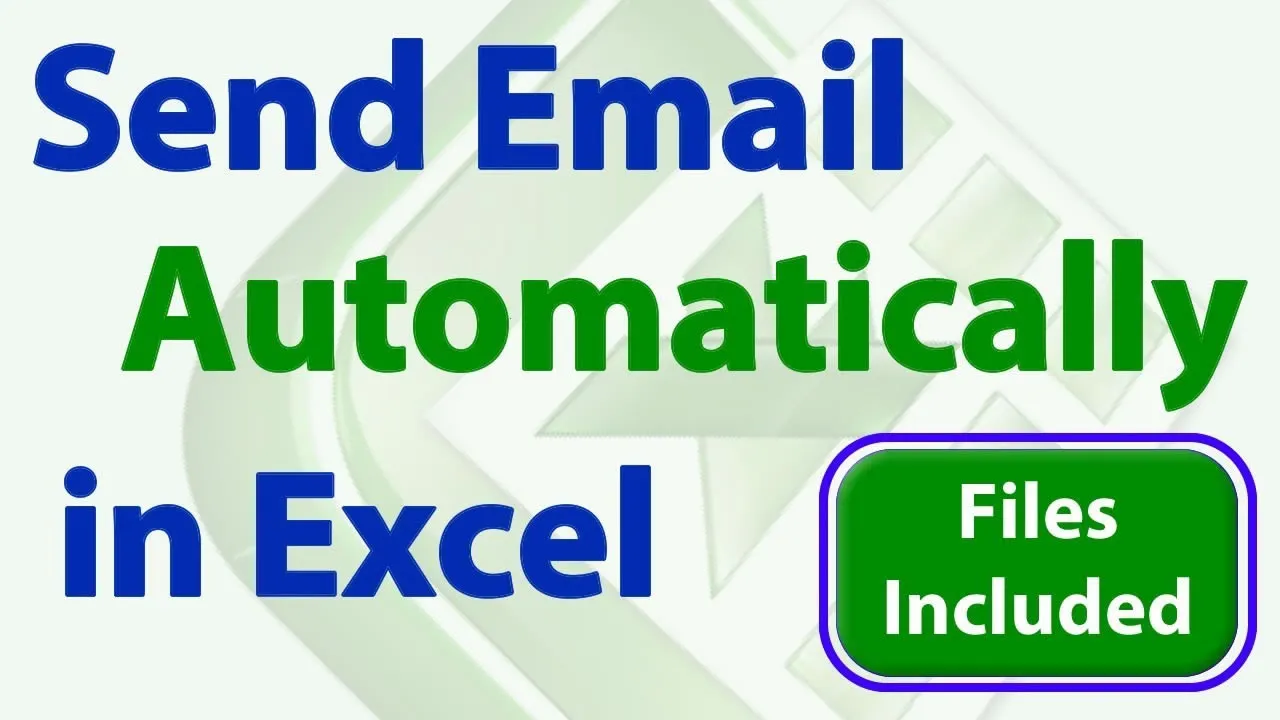Automate Sending Emails from Excel with Microsoft Power Automate
Learn how to automate the sending of emails from Excel with Attachments using Microsoft Power Automate. This article provides step-by-step instructions on how to create a flow that will send an email with attachments based on the data in an Excel spreadsheet.
Want to streamline your email communication by sending personalized emails with attachments directly from Excel? Look no further! In this comprehensive tutorial, I'll guide you through setting up a powerful automation using Microsoft Power Automate to send emails effortlessly, saving you time and effort.
Microsoft Power Automate (formerly called Microsoft Flow) is a cloud-based platform that allows you to automate workflows across many different applications and services. It is a low-code platform, so you don't need to be a developer to create workflows.
Power Automate can be used to automate a wide variety of tasks, such as:
- Sending emails
- Creating and updating records in databases
- Copying files between folders
- Updating social media posts
- Launching applications
- And much more
Power Automate is a powerful tool that can help you save time and improve efficiency. It is a good choice for businesses of all sizes.
Here are some of the benefits of using Microsoft Power Automate:
- It is a low-code platform, so you don't need to be a developer to create workflows.
- It can be used to automate a wide variety of tasks.
- It is cloud-based, so you can access it from anywhere.
- It is secure and reliable.
- It is scalable to meet your needs.
If you are looking for a way to automate your workflows, Microsoft Power Automate is a good choice.
Here are some of the features of Microsoft Power Automate:
- Connectors: Power Automate has a library of connectors that allow you to connect to a wide variety of applications and services.
- Triggers: Triggers are events that start a workflow. For example, you can create a trigger that starts a workflow when a new email is received.
- Actions: Actions are the tasks that are performed by a workflow. For example, you can create an action that sends an email or updates a record in a database.
- Conditions: Conditions allow you to control the flow of a workflow. For example, you can create a condition that only runs a workflow if a certain value is met.
- Repeats: Repeats allow you to run a workflow multiple times. For example, you can create a repeat that runs a workflow every day.
- Approvals: Approvals allow you to get approval before a workflow runs. For example, you can create an approval that requires someone to approve a new email before it is sent.
If you are interested in learning more about Microsoft Power Automate, there are many resources available online. You can also find a variety of tutorials and courses that can help you get started.
#excel
